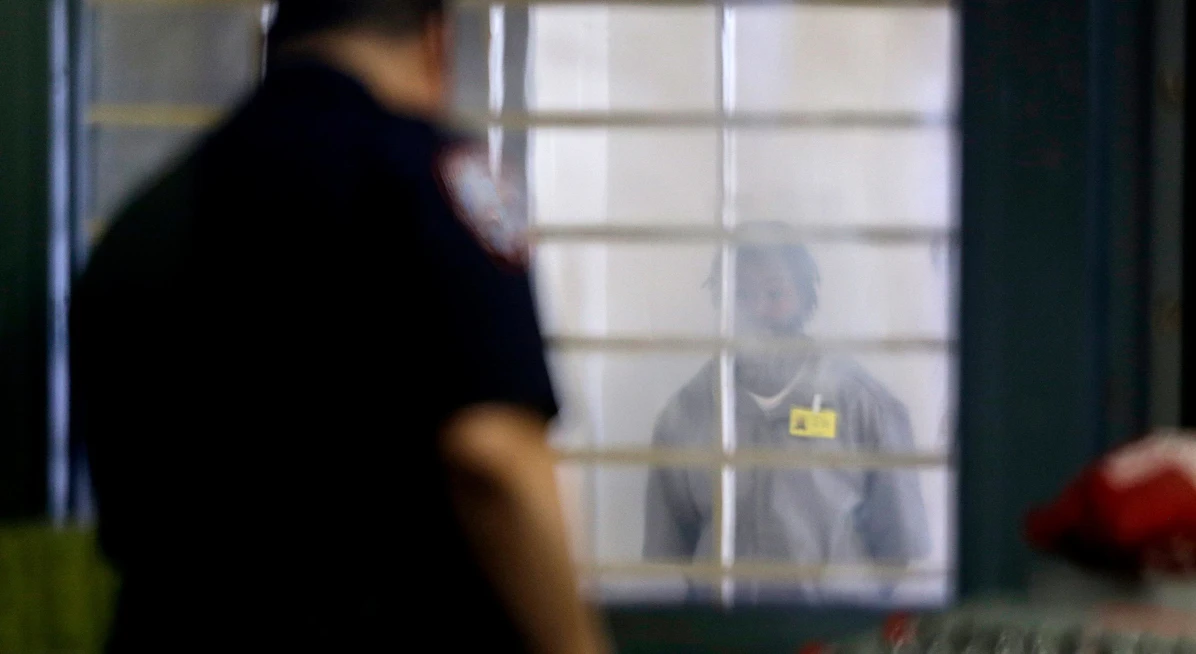Closing Rikers
Eradicating a Stain on Our City
“A stain on human dignity and decency.”
- Melissa Mark-Viverito, Speaker, NYC Council
“A mass incarceration model that stains everything and everyone it touches.”
- Honorable Jonathan Lippman, Former New York State Chief Judge and Of Counsel, Latham & Watkins LLP
At a time when the streets of New York City are as safe as they’ve ever been and where justice reform has taken root and led to the lowest jail incarceration rates in decades, the notorious (and probably accurate to say nefarious) jail on Rikers Island has loomed as an altogether different thing: a stain on the progress we've made.
But there has been an extraordinary turn of the page in New York City over the past few days that promises to eradicate that stain. Yesterday, the Independent Commission on New York City Criminal Justice and Incarceration Reform released its report recommending the closure of Rikers Island. Just two days earlier, Mayor Bill de Blasio announced that closing the jail complex on Rikers is official policy in New York City, with the aim of achieving this goal in 10 years.
The commission was created just a year ago by New York City Council Speaker Melissa Mark-Viverito. Former New York State Chief Judge Jonathan Lippman was chair. As he notes in his introductory letter to the report, “We entered the process with no predetermined judgment.” In coming to its conclusion, the commission spent the past year researching three areas: how to rethink incarceration to get the average daily jail population in New York City—already sharply declined from its highs—down to 5,000 so Rikers can close; how to site new or repurposed jails near the courts in each of the five boroughs; and how Rikers—which the commission asserts must be renamed—could itself be repurposed to benefit the city.
I am proud Vera has been a part of the commission’s seminal effort. I served as chair of the Subcommittee on Rethinking Incarceration, with the support of my amazing Vera colleagues Insha Rahman, Stephen Roberts, and Navena Chaitoo. And—it should not escape notice that a number of commission members are part of Vera’s extended family: founding president Herb Sturz, who has been fighting for the closure of Rikers since the 1970s, and my immediate predecessor Michael Jacobson, who led the Future of Jails subcommittee; Trustee Mylan Denerstein and Honorary Trustee Laurie Robinson; and alumnus Jeremy Travis, the dean of our resurgent criminal justice reform movement.
We are also proud to have worked closely with key talented and passionate partners on the commission, including the Center for Court Innovation, CUNY Institute for State and Local Governance, Latham & Watkins LLP, Forest City Ratner Companies, Global Strategy Group, and HR&A Advisors. It has also been a special honor to work alongside Glenn Martin and the powerful and passionate advocates of the #CLOSErikers Campaign, who represent the key voices of those who are or have been incarcerated at Rikers, their families, and a broad base of supporters.
As Vera pursues strategic priorities of closing the front door of mass incarceration—jails—and reimagining how we treat people who are incarcerated, we felt that it was especially important to answer questions about the future of incarceration in our own city. New York City has led the way on justice reform for many years. After driving down both crime and incarceration simultaneously over the past two decades, it’s fair to say New York City is already in the process of rejecting the mass incarceration model. More jail does not equal more safety. That is what we have demonstrated. But the work doesn’t stop there. We must continue to acknowledge the harms and failures of these practices and be an exemplar for the country into the next decade, and beyond.
Together, over the past year, we drove change. Yesterday, we celebrated. Today, we look to the future and the work ahead. As Glenn Martin said at the report’s release, “The challenge now is to make this a reality—we will not take our foot off the gas.”
